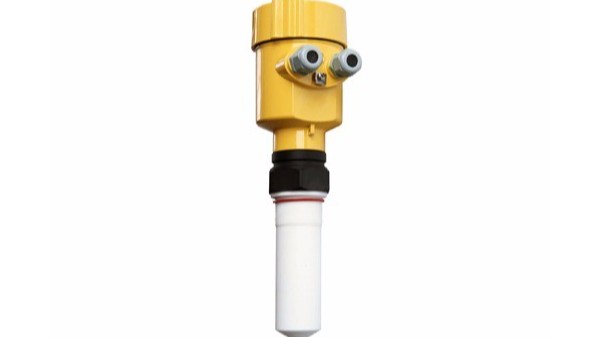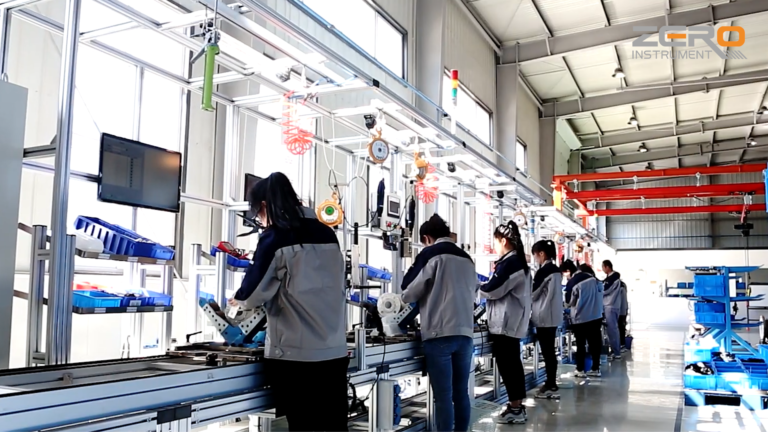In the field of industrial measurement, radar level meters are widely used in monitoring various liquid and material levels due to their non-contact characteristics.
However, when encountering working conditions with the presence of an emulsion layer, the accuracy of its measurement will be challenged. This article aims to explore the application possibilities and coping strategies of radar level meters in such environments.

Emulsions are usually formed by mixing two immiscible liquids, such as oil-water mixtures. This mixture forms a stable interface on the surface of the liquid, which has a significant impact on the propagation of radar waves.
Since radar waves will be reflected, refracted or even absorbed when passing through the emulsion layer, the measurement signal will be attenuated, thus affecting the accuracy of the measurement results. Faced with this problem, modern radar level meters use a variety of technologies to improve measurement accuracy.
For example, frequency modulated continuous wave technology can determine the distance by sending radar waves of different frequencies and analyzing the frequency difference of the echo. This technology enhances the instrument’s adaptability to emulsions and improves the measurement stability in complex media.
In addition, the use of advanced signal processing algorithms is also the key to improving the performance of radar level meters under emulsion conditions. These algorithms can identify and compensate for signal anomalies caused by emulsions to ensure the authenticity of measurement data.
For example, some advanced radar level meters use machine learning technology to automatically adjust parameters to adapt to changing working conditions by learning and analyzing historical data.

However, although technological advances have made it possible to solve the emulsion layer problem, other factors still need to be considered in practical applications.
The choice of installation location is crucial; the ideal installation location should avoid strong eddy currents and foam generation areas to reduce the interference of the emulsion layer on radar waves.
At the same time, regular maintenance and calibration are also indispensable to ensure the stability and reliability of measurement in the long term.

In summary, although the emulsion layer brings certain difficulties to the measurement of radar level meter, accurate measurement under such working conditions can still be achieved by adopting advanced technology and reasonable installation and maintenance measures.
With the continuous advancement of technology, the application of radar level meter in complex working conditions will be more extensive and accurate in the future.
